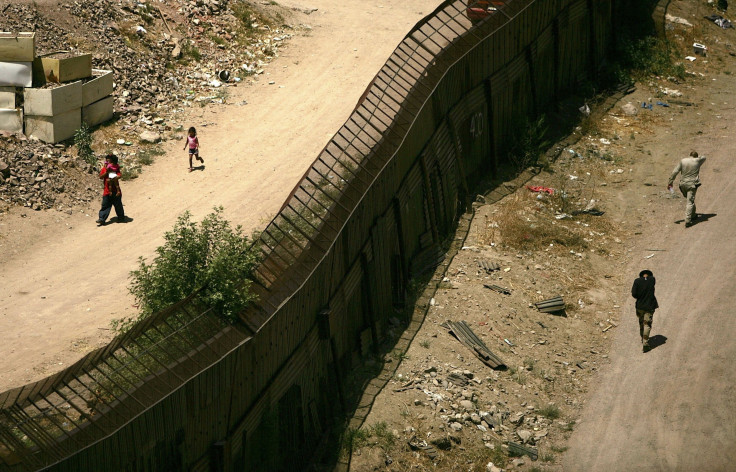Is Travelling To Mexico Safe? State Department Issues Travel Advisory

The Department of State issued a new “do not travel" advisory Wednesday that put five states of Mexico in the same category as countries like Syria, Somalia and Afghanistan.
A revamped system designated Tamaulipas, on the United States border, and Sinaloa, Colima, Michoacan and Guerrero on the Pacific coast, as areas of "level 4" risk, which is the highest level of potential danger, as these states were considered hotbeds of drug cartel activity.
“Violent crime, such as homicide, kidnapping, carjacking, and robbery, is widespread. The U.S. government has limited ability to provide emergency services to U.S. citizens in many areas of Mexico as U.S. government employees are prohibited from travel to these areas,” the advisory read.
The country as a whole had a “level 2” rating, which meant U.S. tourists or travelers should “exercise increased caution.” Of the total 31 states in the country, 11 states got a “level 3” warning, which urged people to "reconsider travel" there.
A huge part of northern Mexico, including the border states of Coahuila, Chihuahua, Nuevo Leon and Sonora among others, was under level 3 warnings. The list also included Mexico's most populous state — the State of Mexico — which also had most suburbs of Mexico City and Jalisco, the Puerto Vallarta resorts and the lakeside expat community of Chapala and Ajijic.
The country witnessed its deadliest year in 2017, registering a record number of murders in its modern history.
Sinola, one of the states listed under the “do not travel” warning, saw increasing levels of crime and violence by gangs to claim control of the Sinola cartel, after the capture of its former boss Joaquín “El Chapo” Guzmán and his extradition to the U.S. The state of Gurrero, according to the Guardian, became infamous after 434 students disappeared in 2014. At least two resorts towns — Ixtapa-Zihuatanejo and Acapulco — are in Gurrero.
The violence also spread to some popular tourist areas last year, like Quintana Roo, a state in Mexico's southeast that had several resort areas, and 134 homicides were registered in the state until August 2017.
Other destinations including Los Cabos and Acapulco also showed an increase in crime and violence. However, despite the cartel activities, Los Cabos saw 16 percent increase in tourism arrivals and an 18 percent rise in hotel occupancy in 2017, reports said, citing Rodrigo Esponda, managing director of the Los Cabos Tourism Board.
"We are going to keep working very hard in 2018 to make sure that Los Cabos continues as a safe destination," Esponda said.
There was a fall in tourism in the states listed under level 4 category in the advisory, even before it was released. The Mexico Tourism Board said in a statement reported by Fox News, "Mexico's major international tourism destinations have been explicitly listed as having no travel restrictions.”
Meanwhile, the advisory also issued warnings to U.S. government officials, prohibiting them from travelling to certain areas of the “do not travel” states or in some cases, the entirety of the state.
© Copyright IBTimes 2024. All rights reserved.











